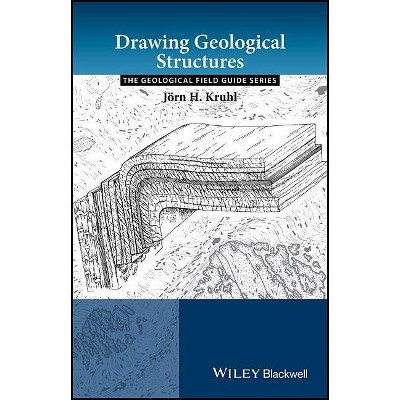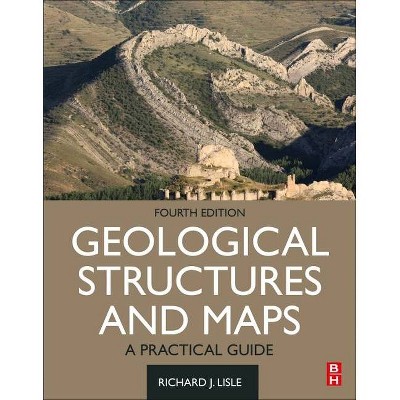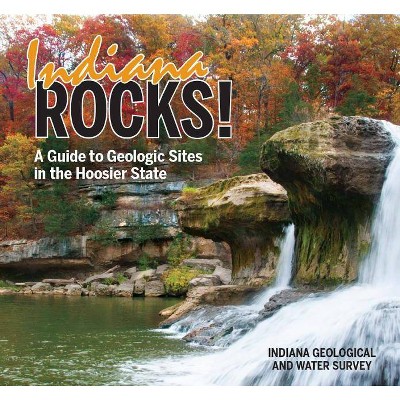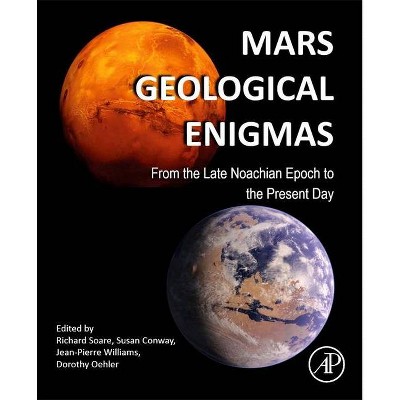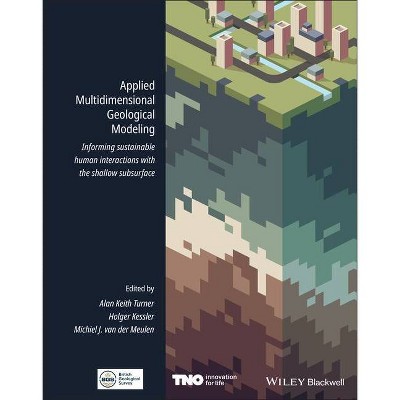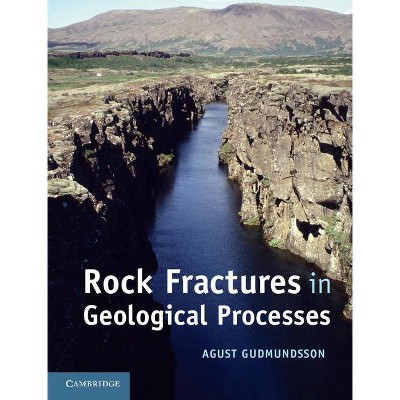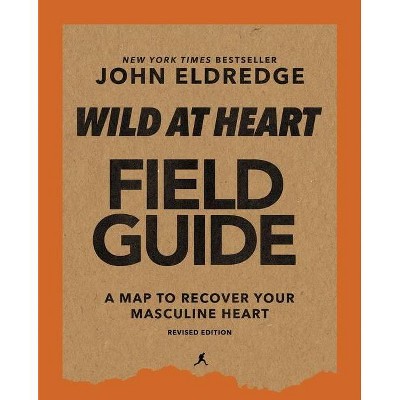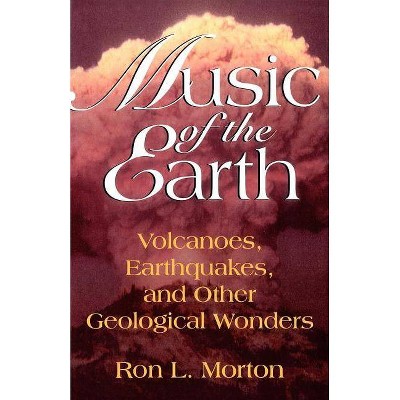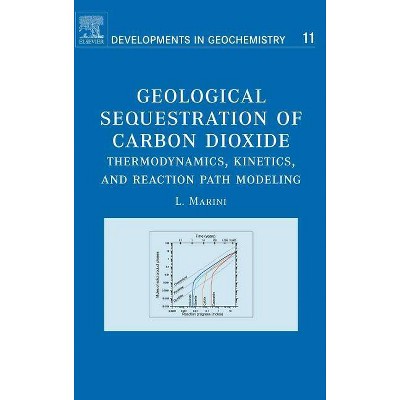Basic Geological Mapping 5e - (Geological Field Guide) 5th Edition by Richard J Lisle & Peter Brabham & John W Barnes (Paperback)
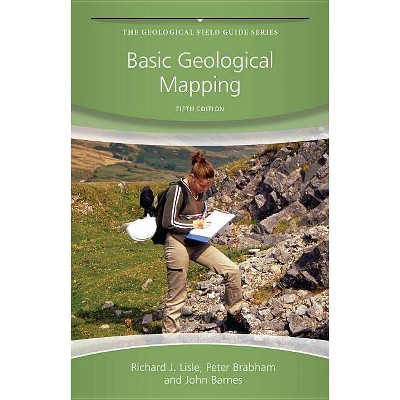
Similar Products
Products of same category from the store
AllProduct info
<p/><br></br><p><b> About the Book </b></p></br></br>"Basic Geological Mapping, 5th Edition is an essential basic guide to field techniques in mapping geology"--<p/><br></br><p><b> Book Synopsis </b></p></br></br>Part of <i>The</i> <i>Geological Field Guide Series</i>, <i>Basic Geological Mapping</i>, 5<sup>th</sup> Edition is an essential basic guide to field techniques in mapping geology. Now completely revised and updated the book retains the concise clarity which has made it an indispensable instant reference in its previous editions. It provides the reader with all the necessary practical information and techniques that they will need while carrying out work in the field, covering a wide spectrum of different conditions, needs and types of countries. This edition covers new developments in technology including Google Earth and the use of GPS. This is an ideal field guide to geological mapping for 2<sup>nd</sup>/3<sup>rd</sup> year undergraduates of Geology, Hydrogeology and Geological Engineering.<p/><br></br><p><b> From the Back Cover </b></p></br></br>Geological mapping cannot be taught by lecturers or in a laboratory, it must be learnt in the field. Basic Geological Mapping, 5th Edition is an essential guide to field techniques in mapping geology. Now completely revised updated, t book retains the concise clarity which has made it an indispensable, instant reference in its previous editions. It provides the reader with all the necessary practical information and techniques that they will need while carrying out work in the field, covering a wide spectrum of different conditions, needs and types of countries. This edition covers new developments in technology including Google earth and the use of GPS. <p>This is an invaluable practical guide to geological mapping for undergraduate students in Geology, Hydrogeology and Geological engineering.</p> <ul> <li> Handy small format for use in the field; </li> <li> includes a section on reporting practical findings; </li> <li> clear and concise presentation of essential information; </li> <li> New accessible writing style to aid clarity and readability; </li> <li> Includes new developments in technology including Google Earth and the use of GPS; </li> <li> New section on Safety in the Field;]Comprehensive check-list of equipment needed to cover most needs; </li> <li> Advice on the use of aerial photographs in mapping. </li> </ul><p/><br></br><p><b> Review Quotes </b></p></br></br><br><p>"In summary, the book is written for geology students mapping in the U.K., as opposed to the professional geoscientist. At its best, the book conveys the advice of experienced geology instructors to novice field mapping students as they struggle to learn the fundamentals of geologic observation and interpretation." (<i>Environmental & Engineering Geoscience</i>, 2 May 2013)</p> <p>"No field geoscientist should be without this handy, unparalleled guide. Summing Up: Highly recommended. Upper-division undergraduates through professionals; two-year technical program students." (<i>Choice</i>, 1 August 2012)</p> This is a how to do it book and excels in being a good straight-forward read, packed with detailed information and advice, spiced with a little humour here and there. (Geomatics World, 1 March 2012) <p> </p><br><p/><br></br><p><b> About the Author </b></p></br></br><p><b>Richard J. Lisle</b> is a professor at the School of Earth and Ocean Studies, Cardiff University, and his research interests include: Fault-slip analysis, Strain analysis, Fracture Prediction, Numerical modeling.</p> <p><b>Peter Brabham</b> is a senior lecturer at Cardiff University, his research interests include: Seismic Exploration; Environmental & Engineering Geophysics; South Wales Coalfield - Geology and Industrial development; Landscape Visualization.</p>
Price History
Price Archive shows prices from various stores, lets you see history and find the cheapest. There is no actual sale on the website. For all support, inquiry and suggestion messages communication@pricearchive.us
